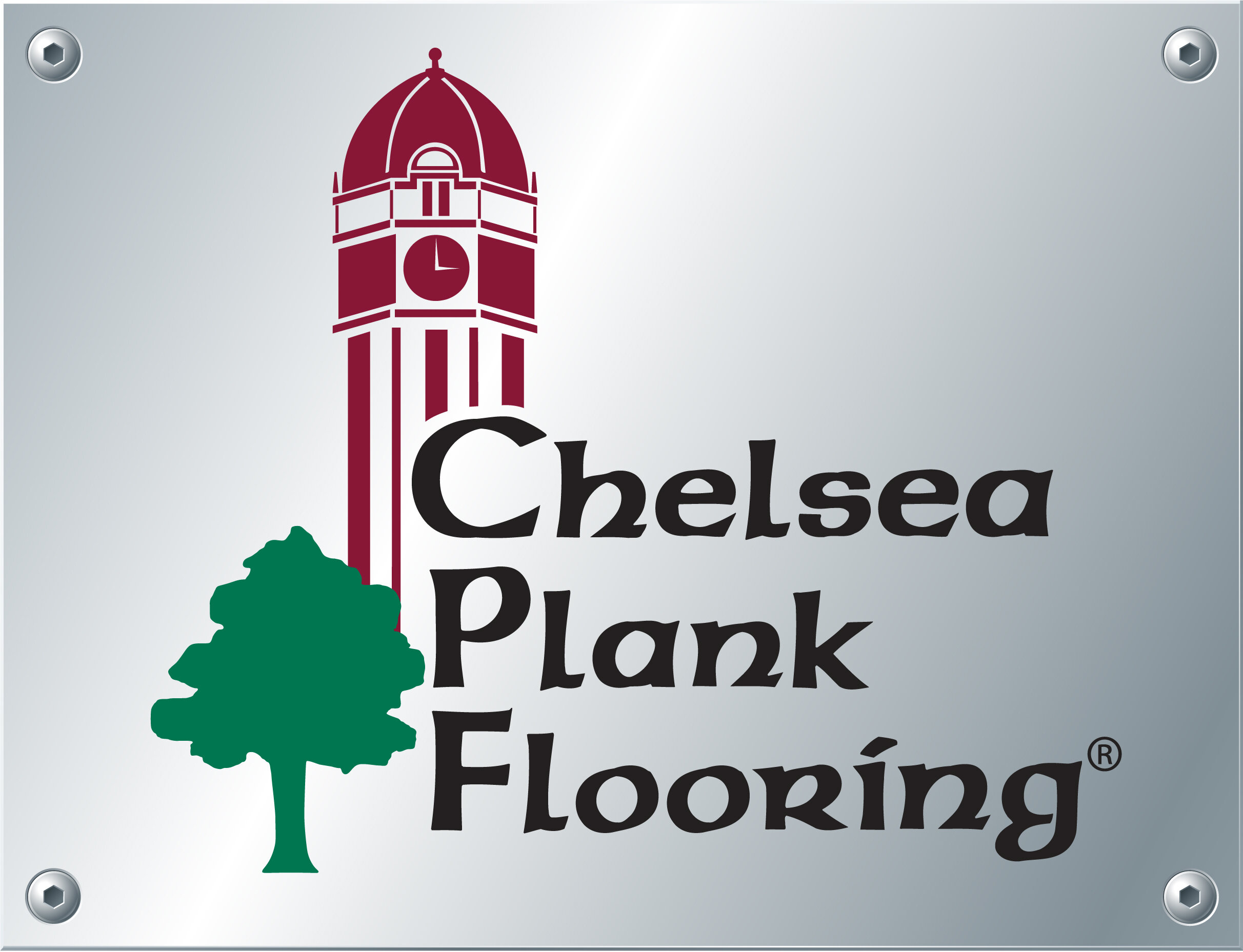How Green are your Floors - and we don’t mean the color!
Knowing what products not to purchase is just the first step to becoming an informed consumer. In our first blog post we discussed the recent train derailment in Palestine Ohio, and the toxic chemicals used in LVP/LVT flooring. So, what about wood flooring is sustainable and better for the environment? What does “green” really mean?
One of the greatest misconceptions about wood products in general is that cutting down trees is “bad” no matter what. With the public being educated regarding clear cutting from the early American loggers, this misconception is understandable. However, hardwoods used today to make flooring and furniture, are not cut down in the same manner as years ago. Federal and State law prevent clear cutting, and many organizations provide declarations and certifications to ensure consumers can purchase wood products that are harvested in an environmentally conscious manner. “Hardwood used to make flooring is harvested sustainably in the US. In fact, the net annual growth in US commercial hardwood forests exceeds harvest and mortality by 33% each year. Hardwoods are harvested selectively a few trees at a time, not using large clear cutting.”[i] In this way, harvesting trees for lumber is much like any other crop.
The National Wood Flooring Association produces an Environmental Product Declaration (EPD) that is independently verified. This is a great resource for any consumer looking to educate themselves on the environmental impact of certain types of floors, including wood floors (engineered and solid hardwood).
The image shown is a comparison of types of flooring and their potential global warming impact.[ii] As you can see, solid wood flooring is the least impactful. Chelsea Plank floors are ¾” solid hardwood.
This comparison encompasses the many environmental factors that contribute to global warming including the energy used to make the flooring and what happens to the floors once you are done with them. It also considers the energy saving potential of using wood in the home as an insulator. Hardwood flooring will decompose in a landfill and most often will avoid the landfill altogether due to it being refinished or reused for other applications. Solid hardwood floors have a serviceable life of 100 years or more, potentially being refinished several times. Additionally, “Wood flooring is a carbon-negative material. It stores carbon during its long service life, and beyond. This is because 92% of its biogenic carbon is stored permanently when it finds its final home in the landfill, as only 8% of the wood decomposes per the USEPA. Choosing flooring products that sequester and displace carbon is one of the most-efficient ways to mitigate climate change.” [iii]
Here at Chelsea Plank, we take additional steps to ensure that we are responsible stewards of the forest. Because we sell our floors in a multi width pattern, we use more of the log. The best lumber yield is achieved when we manufacture equal quantities of 3”, 4” and 5” planks. We recycle as much as possible in our production process and wood waste is used to make wood stove pellets for heating homes. Additionally, we primarily use lumber suppliers within a 300-mile radius, ensuring we use as little fuel and transportation related energy expenditures as possible.
The benefits of using real American hardwood in your home, and for your floors, is undeniably the best choice for the environment. The term “green” related to the environment is thrown around a lot. It can be subjective, but we have the data to back it up.
[i] [ii] National Wood Flooring Association. (2023, April 1st). Retrieved 2023, from Environment: https://nwfa.org/environment/
[iii] James Salazar. (n.d.). Environmental Product Declaration, ASTM International, West Conshohocken, PA. Retrieved May 5th, 2023, from https://nwfa.org/wp-content/uploads/2023/03/Solid_Wood_Flooring_EPD_20230207.pdf

